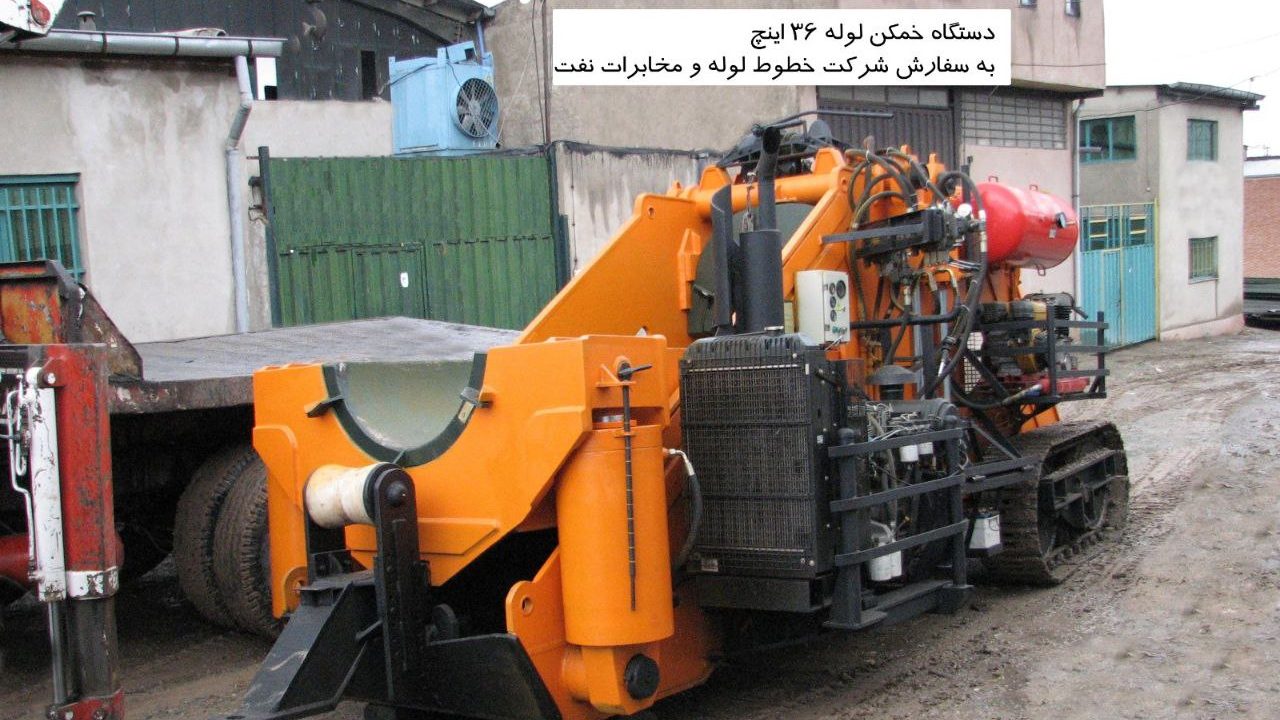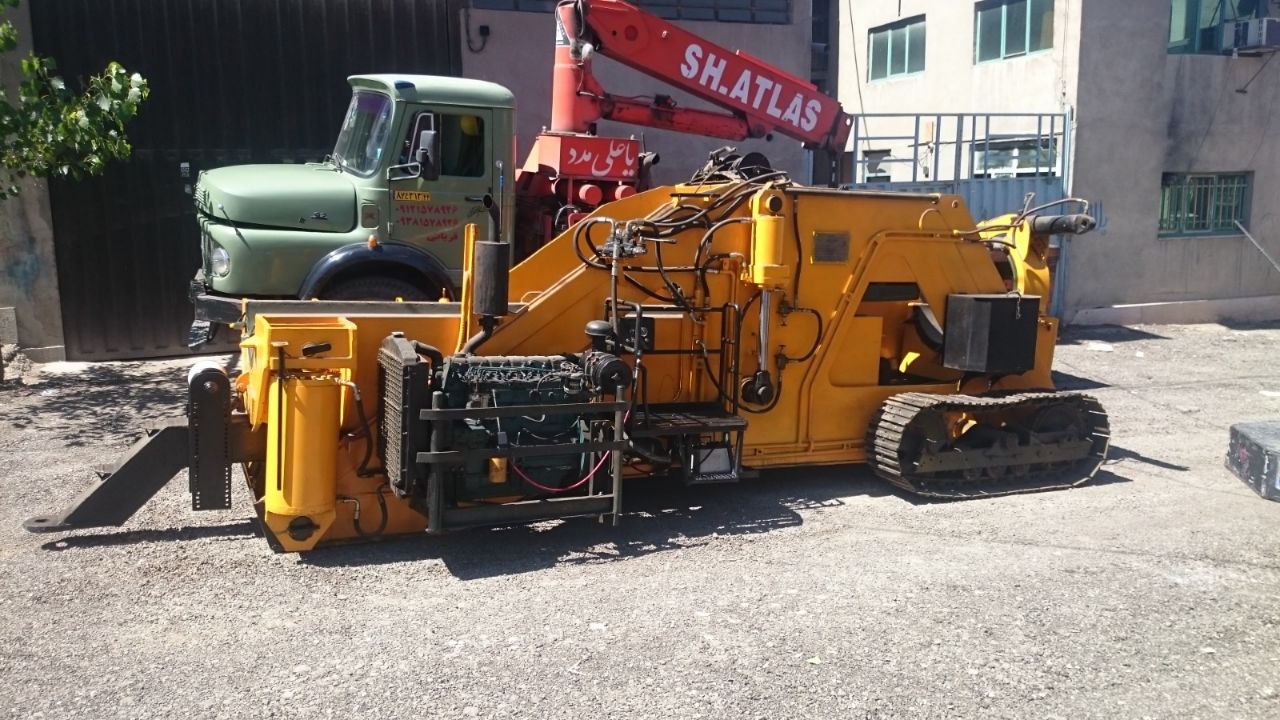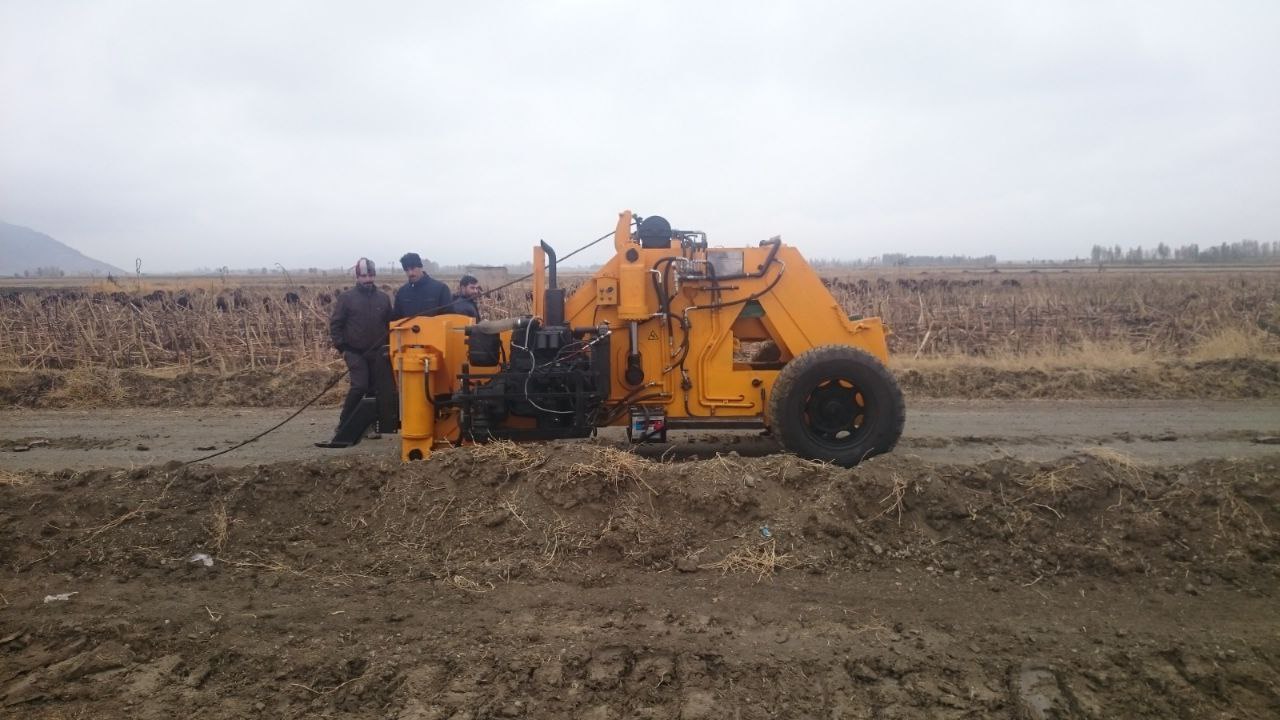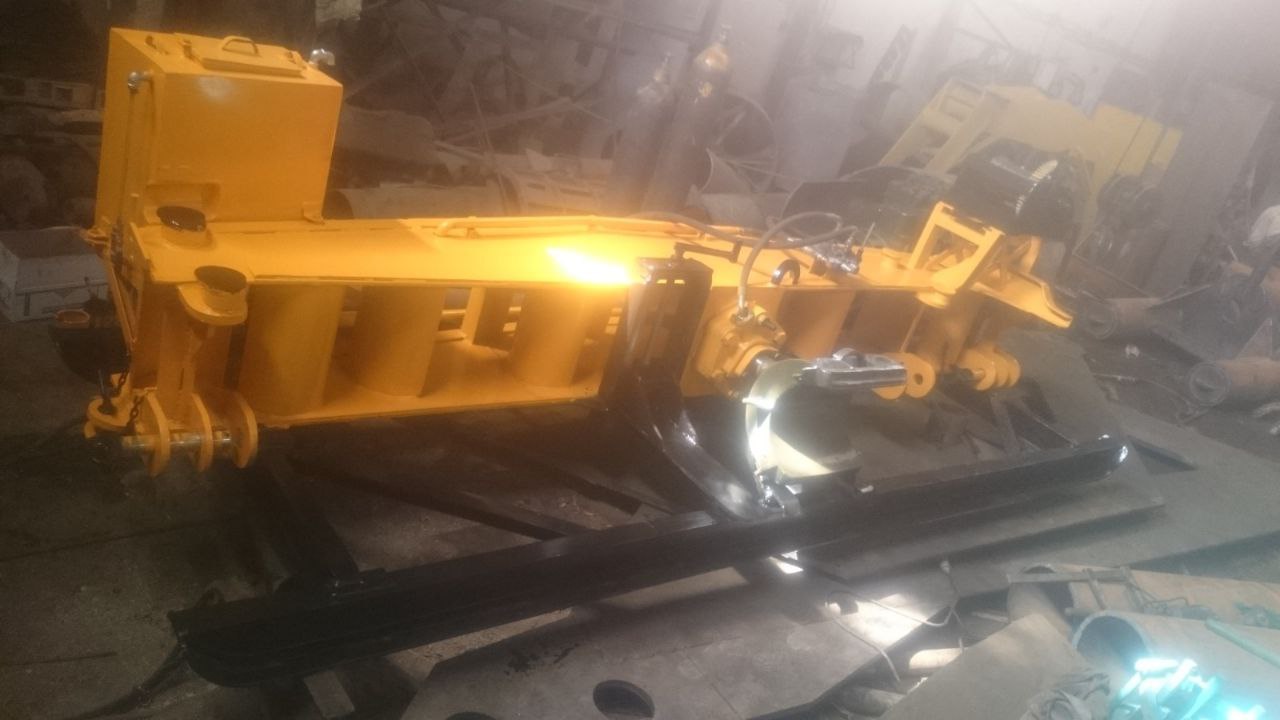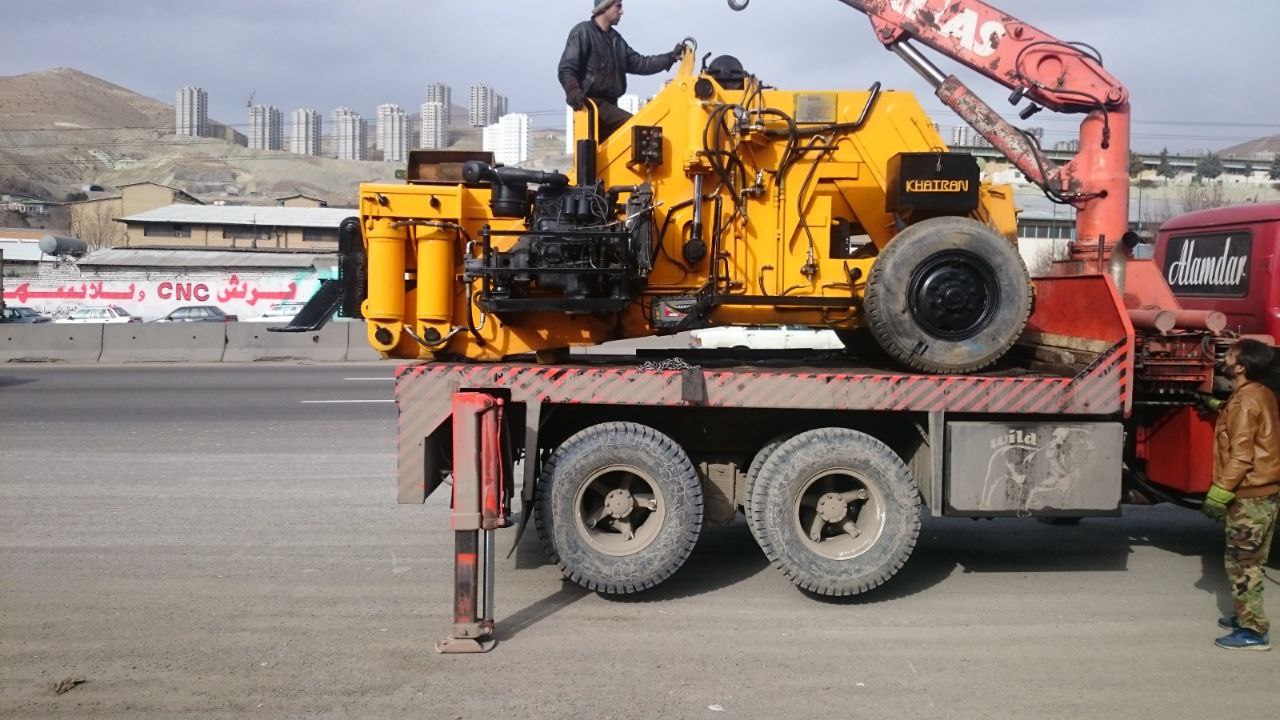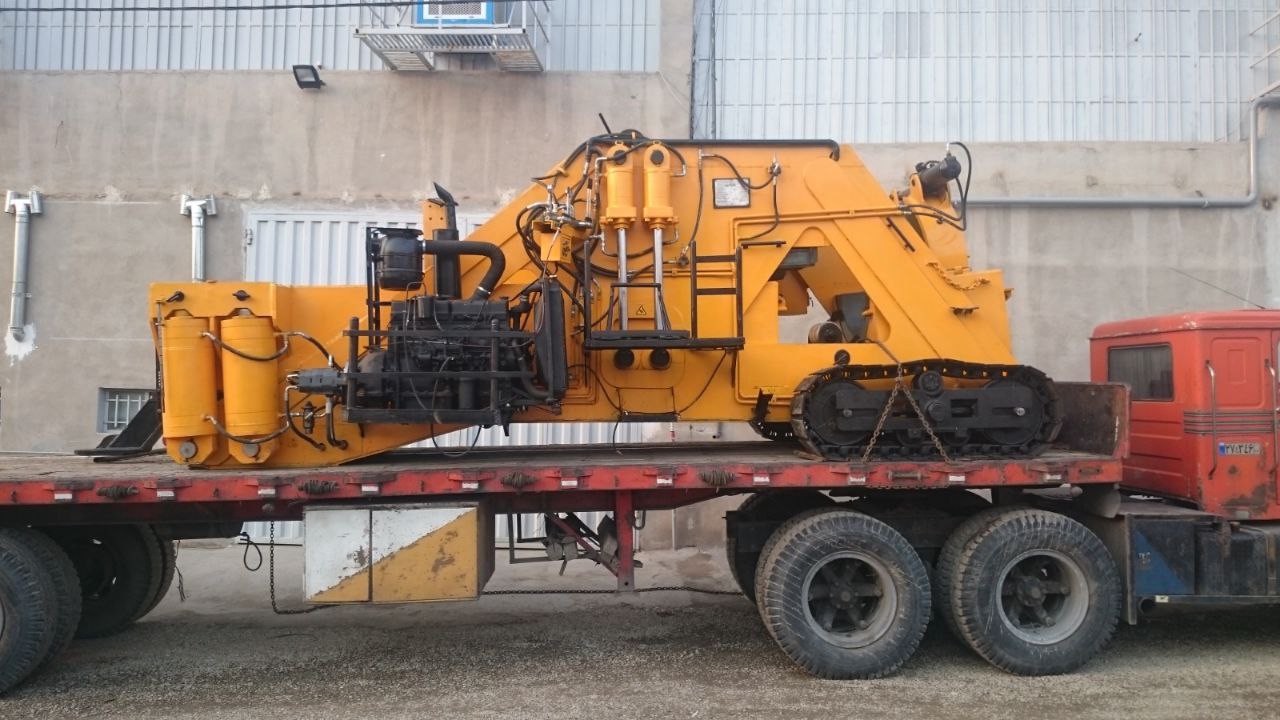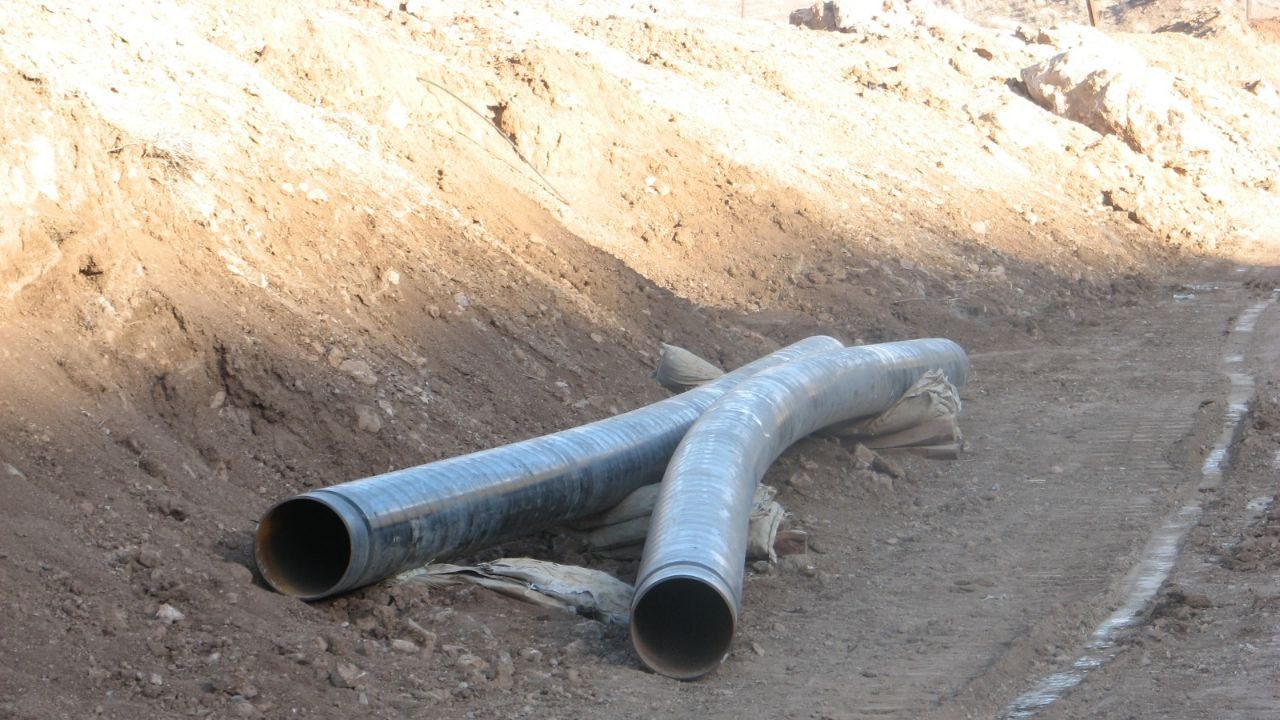Pipe bending machine
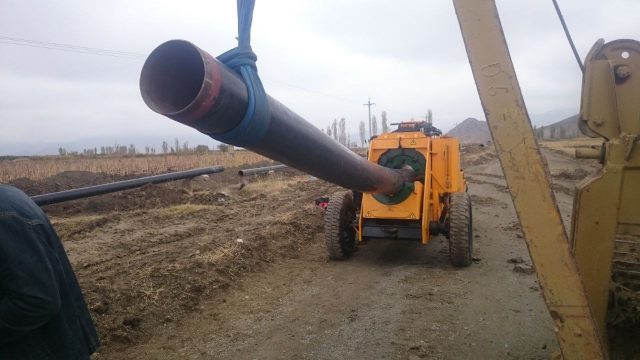
During the route of oil, gas, water, or other fluid transmission pipelines, there are always bends and turns to consider. Pipes are typically manufactured in raw form and usually in 12-meter sections. To create these bends in the pipeline, pipe bending machines are used. The pipe sizes and wall thicknesses vary depending on working conditions and project requirements.
Pipes used in transmission lines generally range in size from 4 to 72 inches.
The bends themselves are also classified into different types.
Side Bend: A bend that occurs in the horizontal plane and can go either to the left or right.
Sag Bend: A bend that occurs in the vertical plane and can go either upward or downward.
Pipe bending machines are manufactured in two types: horizontal and vertical. Horizontal or vertical refers to the installation direction of the machine’s hydraulic jacks.
Horizontal benders are used for pipes ranging from 4 to 12 inches and Vertical benders are used for pipes ranging from 12 to 56 inches.
The machines are designed in such a way that a single operator can perform the entire bending process—from inserting the pipe into the machine to completing the bend—according to the required angles. Most of these machines are designed to allow bending of various pipe sizes by replacing the die set. The machine structure differs based on the size, including the number of hydraulic jacks and the transportation and pulling system, which may use either rubber wheels or tracked wheels depending on the machine’s weight and size.
